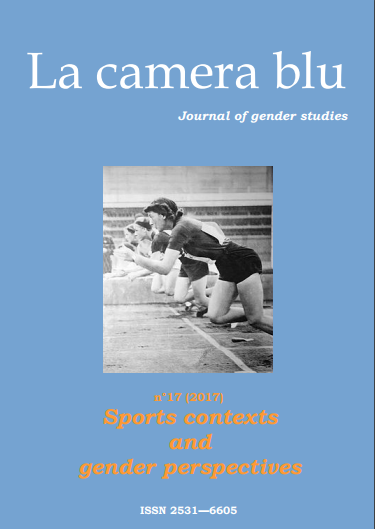A race for girls: the Heraia Games at Olympia
DOI:
https://doi.org/10.6092/1827-9198/5379Keywords:
Greek woman, sport, Olympia, race, Hera.Abstract
In ancient Greece, girls could take part in ritual running competitions. The Heraia games, held in the stadium at Olympia, may be the most famous example of these events. Our main source is an extract from Pausanias’s Description of Greece. Although this work was written in the 2nd century AD, a global study concerning the Olympian cult of Hera, the etiological myth of Hippodamia and the 6th century BC reorganisation of the games leads us to assume that the competition had been held since the archaic period. Thus, in Archaic and Classical Greece, girls (and not only men) could be associated with positive athletic and agonistic values and incited to compete. However, even if the Heraia games and the men’s race held in the same stadium are presented in a parallel way, it does not signify that Olympia was a sanctuary where there were no gendered religious practices. These races, notably because of their symbolical lengths, result in the two groups identifying with the figures of Hera or Zeus, so that men and women, preparing themselves for marriage, reproduce the superior stability provided by the divine couple on earth.Downloads
Download data is not yet available.
Downloads
Published
2017-12-31
How to Cite
Villard, F. (2017). A race for girls: the Heraia Games at Olympia. La Camera Blu, (17). https://doi.org/10.6092/1827-9198/5379
Issue
Section
The Topic
License
La camera blu is an open access, online publication, with licence CCPL Creative Commons Attribution 3.0 Unported


